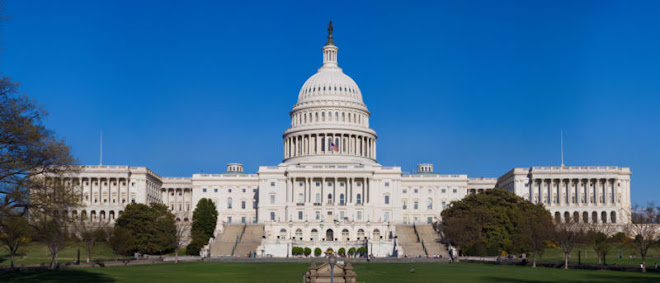From Personal Liberty Digest:

No Jobs For Americans
March 13, 2012 by Paul Craig Roberts

On March 9, the Bureau of Labor Statistics (BLS) announced that 227,000 new nonfarm payroll jobs were created by the economy during February. Is the government’s claim true?
No. Statistician John Williams reports that 44,000 of these jobs, or 19 percent, consist of an add-on factor derived from the BLS’s estimate that 44,000 more unreported jobs from new business start-ups were created than were lost by unreported business failures. The BLS’s estimate comes from the bureau’s “birth-death model,” which works better during normal times but delivers erroneous results during troubled times such as the economy has been experiencing during the past four years.
Taking out the 44,000 added-on jobs reduces the February jobs number to 183,000 but does not provide a full correction. In an economy as troubled as the U.S. economy is, most likely the deaths exceeded the births, but we don’t know what the number is. Was it 20,000? 50,000? What number do we deduct from the 183,000? We simply do not know.
Williams reports that seasonal adjustment factors do not work properly during troubled economic times and add their own overstatement to the jobs figure. If anyone could estimate the overestimate of new jobs that results from malfunctioning seasonal adjustments, it is Williams; but he doesn’t provide an estimate.
Most likely, the new jobs did not exceed 150,000, a figure that would merely keep even with population growth and thus not reduce the rate of unemployment, which, consistent with this deduction, remained constant.
Let’s look now at the kind of jobs that were created. Of the new jobs reported by BLS,
92 percent are in services. Of this 92 percent, only 7 percent could possibly relate to exportable services: architectural, engineering and computer systems services.
92 percent are in services. Of this 92 percent, only 7 percent could possibly relate to exportable services: architectural, engineering and computer systems services.
Of the reported new service jobs, 29 percent are in health care and social services. The categories that account for the health services jobs are ambulatory healthcare services and hospitals. Waitresses and bartenders account for 20 percent of the reported new jobs.
Employment services account for 29 percent of the new reported jobs. Transportation and warehousing accounted for 5 percent of the reported new jobs, despite a loss of 60,000 jobs in general merchandise and department stores.
In other words, the vast majority of the new jobs are low-paying jobs, except for a few truck driving jobs.
Other conclusions that we can draw are:
The United States has nothing to export to reduce its massive trade deficit, which has, sooner or later, disastrous implications for the U.S. dollar.
Middle-class-income jobs are declining, with polarization at the two extremes.
U.S. economic policy continues to focus on the mega-rich at the expense of 99 percent of the population. U.S. interest rates are kept at or near zero in order to maximize mega-bank earnings while depriving tens of millions of retired Americans of interest income on their lifetime savings, forcing them to spend their capital in order to live, thus depriving their heavily indebted children of inheritance.
In short, the United States is well on its way to becoming a Third World country. Twenty years ago at a Brookings Institution conference in Washington, D.C., I predicted that would be the case early in the 21st century. America is no longer the land of the free and independent. It is the land of the 1 percent mega-rich.
–Paul Craig Roberts










No comments:
Post a Comment